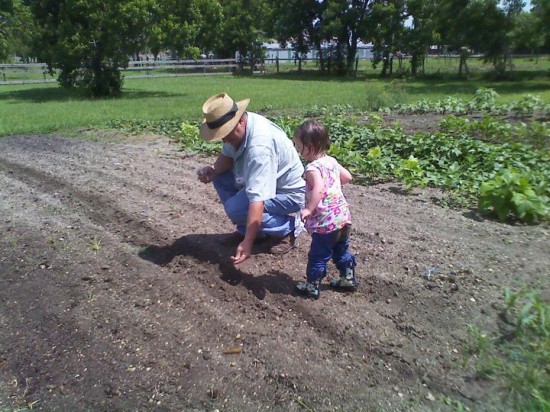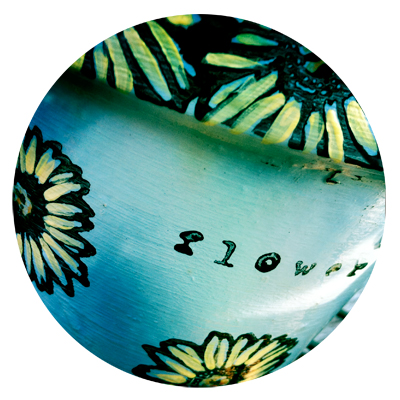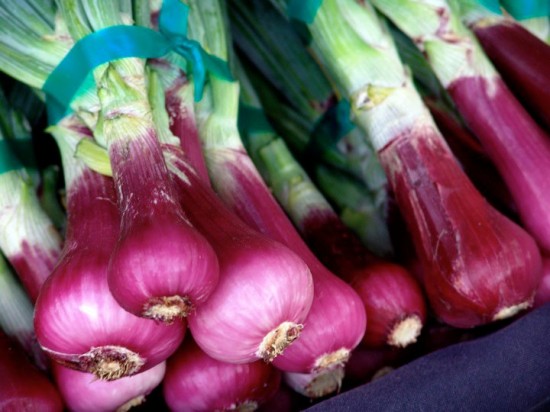Many people have asked me what the 1015 refers to on the 1015 yellow onions sets you see in area feed stores and nursery centers this time of year. The 1015 refers to Oct. 15, which is the accepted best time to plant these varieties of onions in south Texas.
There are numerous choices for onion lovers in our area, and the 1015Y remains one of the more popular yellow onion options of the short day (11-12 hour day lengths) crowd, along with Chula Vista, Jaguar, Mercedes, Sweet Sunrise, Early Grano 502 and Granex, with the latter two ranking as arguably the favorite varieties of the many of the area growers I’ve spoken with over the years.
White onion varieties like Texas Early White, Crystal Wax, Cirrus, Mid Star, Spano and Spanish Sweet have their followers in Texas and all are good choices for the area.
Red Burgundy wins
When mid-October rolls around, however, I don’t bother with the yellows or the whites, but plant (with the exception of a pair of small patches of white bunching onions and Egyptian Walking Onions) nothing but short day red varieties grown from sets. Red Bone, Fuego and Rio Santiago are all good, but I prefer Red Burgundy for ease in growing and exceptional taste.
I’ve tried seeds and transplants and have some success with both, but the years have shown, at least to me, that planting sets in mid-October is the way to go in our area, specifically Pearland, Brazoria County, Texas. Around here we have clay “gumbo” soil, which can turn brick-like in drought (like now) or thick mud when saturated. Growing onions in this kind of soil requires some work, but if you have the soil prepped properly onions can be a low maintenance, low pest crop that will provide ample enjoyment come April and May when the bulbs are ready.
First, you’ll need a full sun area with good drainage. I like to work in organic matter like compost and till the section to be planted thoroughly prior to setting out sets, which are small, marble sized onion starts.
Onions are a cool season crop and can stand temperatures well below freezing, but you want to be sure not to plant the sets too deep. About three-quarters of an inch is ideal, but better to err on too shallow rather than too deep. Make sure the root side is down and plant each set 3-4 inches apart. I like to put mulch around the onions after they’ve grown 3-4 inches tall. This helps keep the weeds down and retain moisture.
Onions can be harvested at any time, but if you leave them in the ground until the tops fall over you’ll get bigger bulbs which will last longer than those harvested when small as green onions.

Sets should be planted no more than three-quarters of an inch deep, 3-4 inches apart and at least two feet between rows. Make sure the bed has full sun and good drainage.
Onions are very shallow rooted, so be careful working around them and when havesting them. I usually use a trowel to loosen the dirt around the bulb, then pry them off. The papery outer layer of onion skin peels off easily, leaving you with beautiful and delicious onions like the ones in the picture. Whether eaten raw in salads or cooked, you’d be hard pressed to come up with a better-tasting locally grown onion than Red Burgundy.
(Jim Molony is a member of the Brazoria County Master Gardener Association).

